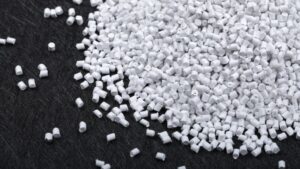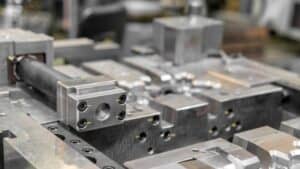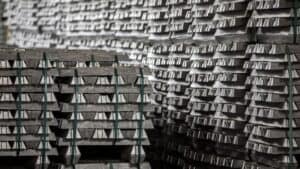Plastic production is a unique process. You can get impressive production results from your factory for months. And suddenly, one small error can cause a lot of problems. That’s all it takes to make things go wrong during the injection molding process. Therefore, you must do everything possible to avoid these errors.
One of the common problems we hear about is the injection molding sink marks. It is a challenging defect that can affect the aesthetics and cost value of the final product. So, you must avoid these sink marks by using all the tips we will write about in this post.
What are sink marks in injection molding?
Sink marks are those defects you will see on the surface of a plastic product when it has been unevenly injected and cooled. The sink marks are avoidable, so this can be a welcome relief for owners of plastic manufacturing companies.
In addition, sink marks can happen on a cooling product in the mold if an external factor causes stress on the plastic. In the mold, the molten plastic cools down. During this process, it shrinks a little to achieve the shape and formation needed. While it is shrinking, any form of stress can cause a sink mark.
Other causes of sink marks in injection molding
Over time, we have observed many other factors that cause sink marks to appear on plastic surfaces during production. Please note that a lot of data you will find about this issue is theoretical. And not much has been proven. That is to say, many people still guess the real causes of sink marks on their plastic products.
However, we have some of the confirmed causes explained in the following part of this post;
The type of plastic
We can confirm that some plastics are more prone to sink marks than others. What that means is the plastic may have different properties in its fluid state. And at the time that the plastic is intended to be solidified, the shrinking process is subjected to stress.
Consequently, shrink marks appear on the plastic surface. From experience, we have observed that the plastic with a higher potential of showing sink marks is crystalline plastic. Further studies and tests have shown that crystalline plastic has an unstable temperature when heated and turned into its fluid state. Therefore, the shrink rate cannot be adequately managed.
Irregular injection speed
Another reason why sink marks happen when producing plastics is the uneven injection process. The fluid plastics must be expertly transferred into the mold through injection. Any lapses in this process will complicate the production and cause varying thickness levels in the final product. When that happens, a sink mark appears on the surface of the plastic. These are highly complicated processes that can occur without your knowledge.
Therefore, it is best to have experts who understand the need to carry out proper processes and maintain standard operations. Overall, the production of plastics can happen smoothly with the best results when you and your team follow the proper guidelines.
Tips to prevent sink marks during injection molding
Here are our best tips to help you prevent these issues that limit the plastic production methods in factories.
Proper monitoring of the temperature
In this case, we are particularly concerned about the mold’s temperature. The sink marks on plastic surfaces are more conspicuous when the mold temperature is not correct. The temperature can either be too high or too low.
To avoid this problem, you should take the proper steps. The best thing to do is use an industrial thermometer to monitor the molten plastic and mold temperature. If you get this right, your plastic will have an even surface without sink marks. However, many other factors involved in the production line must be in place.
Removing the plastic before the standard cooling time
It is never a good idea to be in a hurry while producing plastic. You should ensure the fluid plastic has had enough time to cool. Preventing the fluid plastic from not cooling correctly is another way to encourage sink marks on the surface of the plastic.
To avoid this, you should ensure your team gets regular training. Also, older staff should be retrained to ensure they understand the new processes in the industry. Training your new staff will help them know how to monitor the cooling time to know when to move the plastic in the mold.
Correct your nozzle adjustment
The wrong nozzle size can ruin the plastic you are trying to produce. The wrong nozzle will cause many other defects in addition to the sink marks. You will observe that the plastic cannot retain air if the wrong nozzle size injects the fluid plastic.
To get the correct nozzle size, you and your team should study the mold. It holds the information you need to get this part right. First, identify the material from which the mold was made. Next, you should focus on the shape of this mold. The design will help you identify the most suitable nozzle size for the project.
Adjusting the nozzle size is a relatively straightforward process. However, you should hire an expert to do it to avoid more issues in addition to injection molding sink marks.
Avoid uneven mold thickness
It is imperative to screen your molds before they are used to produce plastic. Some molds have been poorly manufactured. Therefore, any form of uneven thickness in the walls can cause stress during the shrinking stage. The uneven thickness of a mold is mostly identified as a significant reason sink marks injection during molding.
In conclusion, you can get the best results every time you produce plastic. Always focus on the slightest indication that there is an issue with the process. And never overlook the signs. You should find more ways to address minor problems quickly to enhance your plastic production process. If you need more information about plastic injection molding, please visit our website or send us a message to get a free quote.






